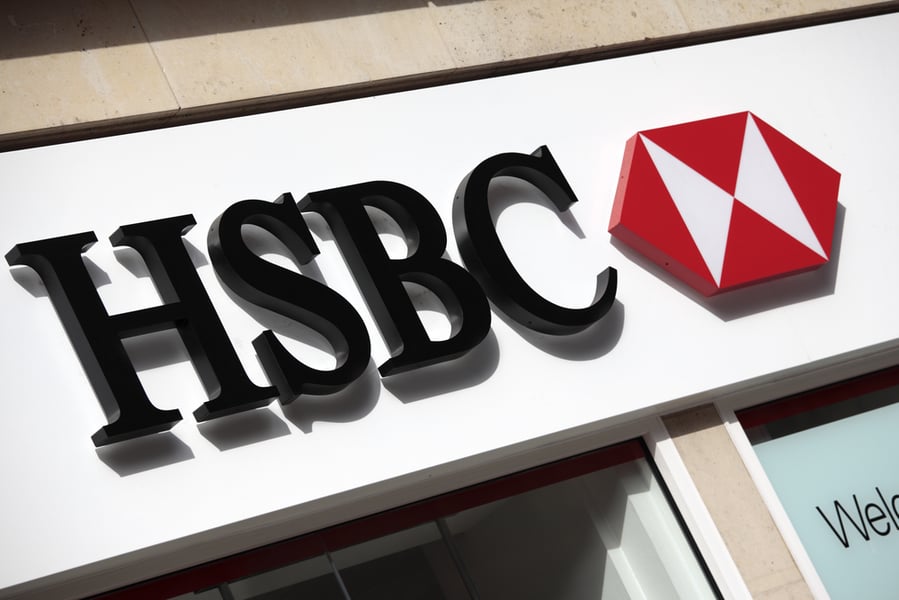As part of a major restructuring plan, the bank plans to axe around 35,000 jobs.

HSBC's profits for 2019 fell by a third (33%) in 2019 according to its latest figures, claiming the coronavirus outbreak in Asia could have had an impact.
These figures have meant HSBC plan to cut costs by £3.5bn by 2022.
As part of a major restructuring plan, the bank plans to axe around 35,000 jobs.
The 35,000 job losses are more than forecast and reportedly make up 15% of the entire workforce.
The BBC reports that analysts had expected about 10,000 jobs to be cut.
Noel Quinn, interim chief executive at HSBC, said they would scale back its headcount from 235,000 to about 200,000 over the next three years according to BBC News.
It said the fall in profits was mainly due to $7.3bn in write-offs related to its investment and commercial banking operations in Europe.
The 35,000 job losses are deeper than expected, and represent about 15% of the workforce. Analysts had expected about 10,000 jobs to be cut.
Ian Pollard, senior vice president - EMEA of digital transformation company Signavio, said: “The organisation must continue to innovate and accelerate plans to improve digital performance.
"When measured against disruptors with customer-centric business models, there is a significant gap for banks that do not excel in the area of understanding these customer pain points.
"The winners will be the ones who are more data driven in ‘demystifying’ what their customers want and who have a solid grasp of the processes that have the greatest impact on them.”
“Consumers are particularly concerned about data breaches, meaning financial institutions that struggle to secure customer data and meet regulatory requirements are facing increased scrutiny.
"No matter how great a service is, organisations facing a deficiency in trust will begin to lose the long-term customers they most associate with brand loyalty.
"The banking sector must enter the 21st century and ensure that data across specific processes are thoroughly examined against their risk and control frameworks.”



